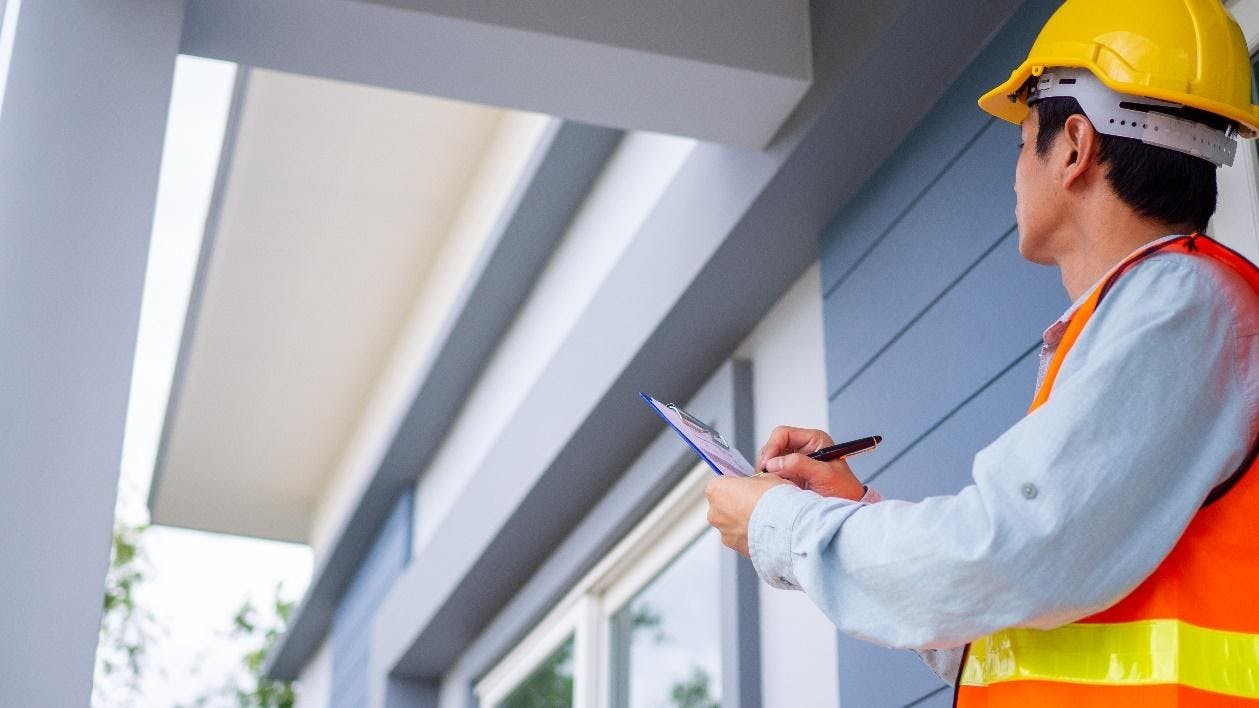(This is an updated post from one originally published in January 2019.)
One of the most valuable components to a buyer’s offer is the home inspection contingency, an opportunity to check the condition of the property before agreeing to close the deal. Under terms of the contingency, buyers can walk from the deal and retrieve their earnest money – in most cases – if not satisfied with the inspector’s findings.
The buyer and state-licensed inspectors can evaluate the home – including the structural, mechanical and general condition – and identify items that need repair as well as estimate the lifespan of existing systems and equipment.
This step in the buying process is not to be confused with the pre-inspection – although the role of the inspector and the nature of the inspection are essentially the same. As the name suggests, a pre-inspection takes place before a buyer considers an offer on the home and the seller agrees to open his/her place to the professional inspection – but, often because of limited time before offers are expected, the inspection is performed more quickly and usually without the aid of specialist inspectors.
A recent trend: Some buyers bring an inspector along for the initial visit of a listed home in a more casual inspection known as a walk-and-talk review without producing a formal report. That’s okay during a private visit – preferably with full knowledge of the seller and listing agent – but highly frowned upon during an open house.
A traditional home inspection after mutual acceptance can be detailed and involve more than one inspector – such as plumbers, electricians or roofers – to provide greater insight into the condition of the place. It generally takes about an hour to inspect a condo and about 2-3 hours for a single-family home.
While typically not invasive, inspections can include checks for termites, water leaks or compliance with zoning. The review could also cover tests for energy efficiency, Radon, mold, water and sewage systems (though septic systems have separate inspection requirements). More invasive inspections are sometimes required but they should come after written consent from the seller. (Buyers might also need to consider surveys to determine property boundaries, title reviews and structural inspections.)
Inspections must be ordered by the buyer and take place within a few days of mutual acceptance. In our part of Washington state, the default period to complete the inspections and submit a request for repairs to the seller is within 10 days of mutual acceptance. The buyer’s broker will review timelines and help find a reputable inspector. Inspectors should be bonded with at least a million-dollar liability insurance policy. (No, a friend who works at Home Depot cannot inspect the home unless he/she is a licensed inspector or is co-purchasing the home.) Anyone can consult the American Society of Home Inspectors for more information.
(Sellers have a separate timeline to respond to requests, with the Northwest MLS using three business days as the default period. We cover the sellers’ side of the inspection process in a separate blog post.)
It’s also important to schedule the inspection at a time that’s convenient for buyer, broker and inspector to all attend (and when the seller can be away from the home). It’s essential to drop everything to complete this important step. And it is possible inspectors may be booked out for a week or more in busier times of the year (April-July).
Under revised guidelines announced in 2021, buyers can bring any number of inspectors to the sellers’ home if the inspection contingency is part of the signed purchase-and-sale agreement. That means, for example, roof and mold inspectors could join a traditional home inspector on the first visit – to expedite the process.
Buyers should watch and listen to what the inspector is doing and saying. Understand what he/she is jotting down and taking note of since those details will probably be contained in the report. If this is going to be the buyers’ new home, they should learn as much about it from the inspector.
Important: Buyers should be prepared to pay for this service on-site. Inspectors usually accept cash, credit and direct payment through a banking app (Venmo, Zelle or personal bank app). If purchasing a house (rather than a condo), we suggest prospective buyers wear comfortable clothes in case the inspector wants to show them something in a crawl space or attic.
Is it worth the price? The answer is an unequivocal “yes!” The average home inspection costs around $450, with homes under 1,000 square feet being as little as $300. Larger homes could run $750 or more, and tests for Radon and mold will cost extra, even as much as the regular inspection fee. Secondary inspections – either to reinspect an identified issue or to hire a specialist to examine one area, such as for asbestos – will also add to the total.
Pest and other types of inspections may be required to get a mortgage, especially when applying for a VA loan. Many inspectors can conduct a pest inspection while completing the rest of the home assessment but confirm before they are hired.
At the end of the initial inspection, buyers will receive a detailed report within about a day. Do not wait until the last minute to review the report. Buyers have a short window of opportunity to respond to the seller about the findings and to discuss next steps – including, possibly, triggering an agreed-upon extension (typically five business days) for additional inspections or rescinding the deal.There are more insights, about the inspection report and how to deliver a request to sellers for repairs, in a separate post.




